Bringing Music Bits to Radios Everywhere
Bringing Music Bits to Radios Everywhere
- Read more about Bringing Music Bits to Radios Everywhere
- Log in or register to post comments
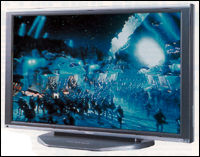
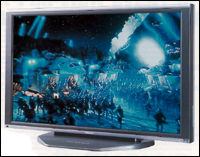
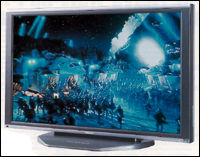
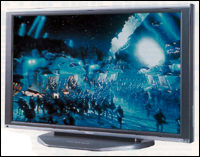
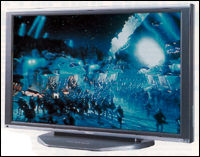
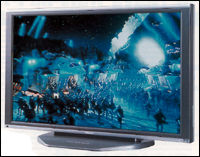
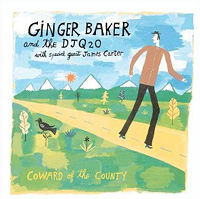
Reader Patrick Tracy claims that he's addicted to buying music: "As in the studies of lab mice and cocaine, I will repeatedly choose music over most any other pursuit. Like a longtime drug addict, I now need larger and larger doses of new music to achieve the rush that a single recording might give a normal person."<P>How about you?